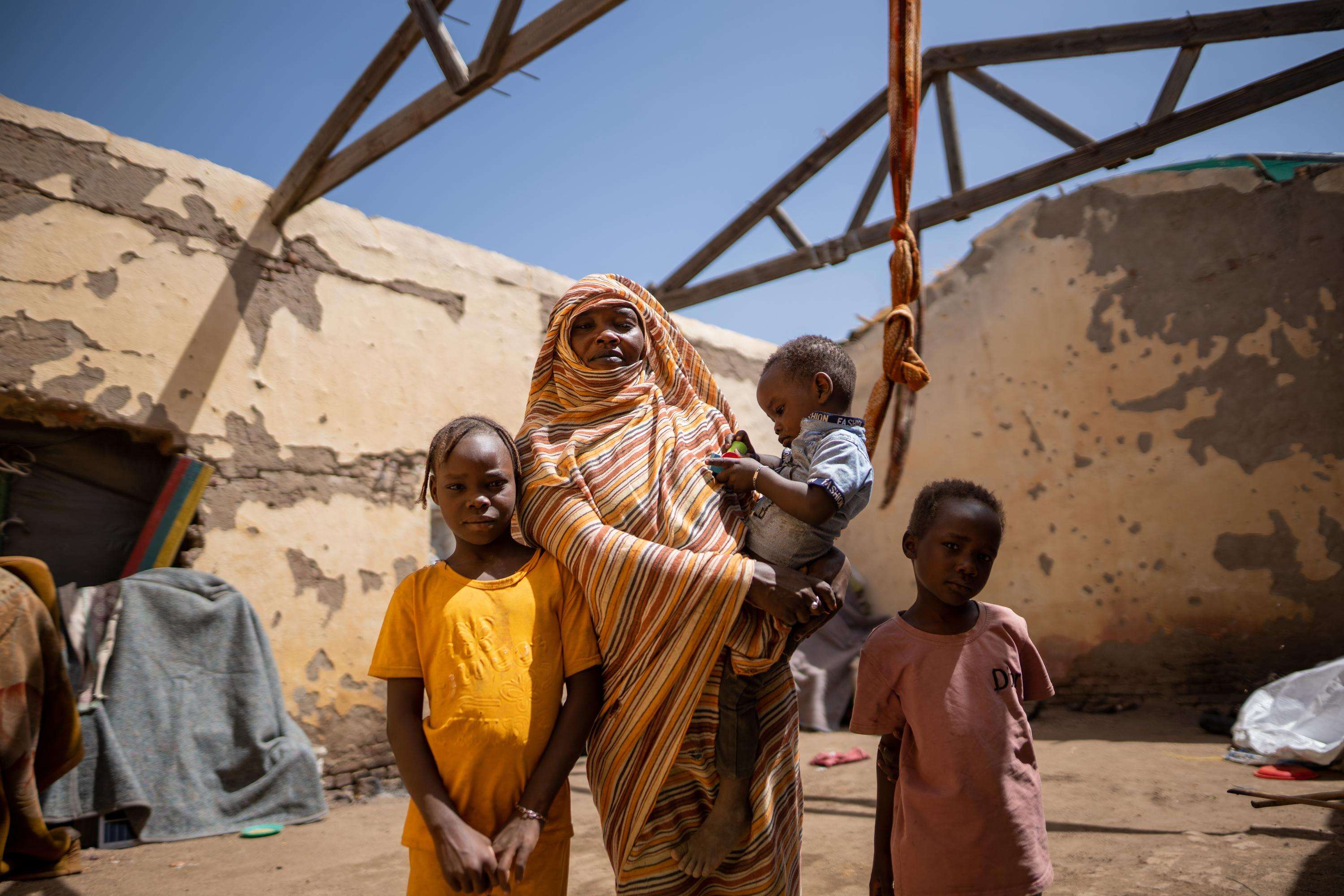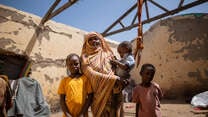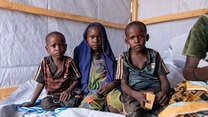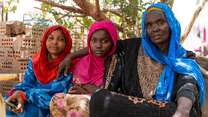Sudan is quickly becoming the world's largest hunger crisis
- Famine risk as more than one in three people are suffering from acute hunger
- A new report by the IRC and the Cash Consortium of Sudan stresses importance of cash programming
- Markets remain active and stocked with food, but people are not able to afford it due to increased prices
- "Providing people with cash sparks spending, helps people afford food and other essential goods, and strengthens the local businesses people rely on during crises," says Eatizaz Yousif, the IRC Country Director for Sudan
The ongoing war between the Sudanese Armed Forces and Rapid Support Forces has propelled Sudan to the top of the IRC's 2024 Emergency Watchlist—and pushed the country to the brink of collapse.
The crisis is expected to dramatically deteriorate through 2024, leaving millions with insufficient food and unable to access critical health and other services.
Two civil wars spanning decades of the country’s history—the Anyanya Rebellion and the Second Sudanese Civil War—caused mass displacement, injury and death. Today, many Sudanese remain displaced due to continued insecurity: Conflicts in Darfur, Southern Kordofan, and Blue Nile persist at low levels and it is difficult to get humanitarian aid to the people who need it most. In addition, conflict in the neighboring Tigray region of Ethiopia has led to the flight of 60,000 refugees into eastern Sudan.
Extreme weather shocks such as drought and flooding have also devastated livelihoods and forced more people from their homes. Most Sudanese live in rural areas and depend on rain to raise crops and livestock. Swarms of locusts have descended on farmland, destroying harvests and contributing to the rising cost of food.
Even as the growing impact of climate change exacerbates the existing political and economic crisis in Sudan, the COVID-19 pandemic is also driving increased humanitarian need.
Across Sudan there are an estimated 13.5 million people in need of humanitarian assistance, including 1.1 million refugees from other countries and 2.5 million Sudanese who have been displaced internally.
Food insecurity remains high, particularly among refugees, internally displaced people and low-income urban households. Over 7 million people are unable to get sufficient food due to the economic crisis and disasters such as floods that have destroyed crops and displaced families. In 2020, the year-on-year inflation rate increased by 214%, further reducing household purchasing power.
The COVID-19 pandemic and outbreaks of other diseases such as polio are putting pressure on Sudan’s health systems, even as tens of thousands of refugees arrive in the country from Ethiopia.
In response to growing needs, the IRC has scaled up our capacity in Sudan and expanded humanitarian services in the east of the country in response to the Tigrayan refugee crisis. We:
- Established a main office in Khartoum to serve ongoing humanitarian needs in the Mayo community, which has been affected by conflict and poverty
- Launched health and water and sanitation services in Khartoum to serve urban displaced populations
- Opened a field office in Gedaref to support Tigrayan refugees in eastern Sudan
- Launched health, water and sanitation services as well as protection support and psychosocial services for women and children in Tunaydbah refugee camp
- Built and rehabilitated health facilities providing reproductive health care, COVID-19 isolation and care, and treatment and prevention of other communicable diseases
- Are raising community awareness of health services and water and sanitation facilities
- Are supporting health ministry polio campaigns
- Are monitoring for COVID-19 cases and raising public awareness of how to prevent the spread of the coronavirus
As the number of people in need of humanitarian assistance in Sudan grows and more refugees are expected to arrive from Ethiopia, the IRC is looking to scale up our current support, add new services—for example, increasing support for women affected by gender-based violence—and expand to other parts of the country.




